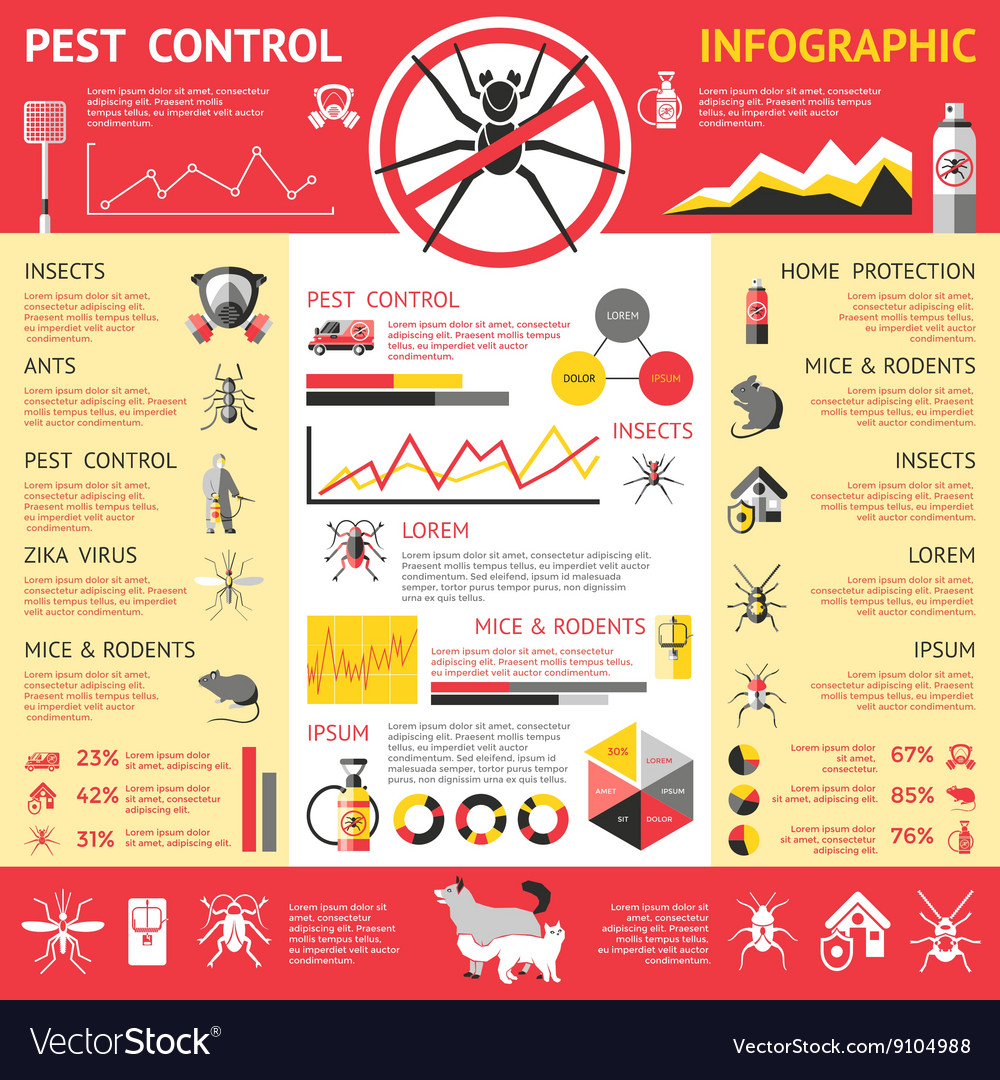Rat Control Understanding The Behavior Of Rats
Rat Control Understanding The Behavior Of Rats
Blog Article
https://raccoon-removal-attic06173.spintheblog.com/24836235/get-expert-suggestions-from-bug-control-experts-on-tackling-usual-pest-issues-discover-reliable-methods-for-keeping-your-home-bug-free By-McGuire Kornum
Have you ever wondered why rats appear to be so evasive and challenging to control? Recognizing the habits of rats is vital to efficiently managing their populaces.
By getting understanding right into their communication patterns, feeding practices, and nesting and breeding actions, you can create strategies that will aid you maintain these pesky rats away.
So, allow's check out the remarkable globe of rat habits and discover just how this understanding can equip you in the battle against these unwanted house visitors.
Communication Patterns
To recognize rat actions, it is essential to examine their communication patterns. Rats are very social animals and rely upon interaction to endure and thrive in their environment. They utilize various kinds of interaction to convey details to other rats in their team.
One important aspect of rat interaction is their articulations. Rats generate a wide variety of sounds, consisting of squeaks, chirps, and chattering, which serve various functions. These articulations can reveal concern, aggressiveness, and even satisfaction.
Along with vocalizations, rats likewise communicate via body language. https://raccoon-removal-under-dec59483.newbigblog.com/30203435/looking-into-advanced-approaches-employed-by-parasite-administration-professionals use their tails, ears, and positions to convey messages to various other rats. For example, an upright and puffed-up position might suggest dominance, while a flattened stance may show submission.
Feeding Habits
Rats' communication patterns give insight into their feeding behaviors. Understanding how rats feed can help us better manage their populaces. active termite treatment are five key points regarding their feeding routines:
- ** Omnivorous diet regimen: ** Rats are opportunistic eaters and will certainly take in practically anything they come across. From grains and fruits to meat and even trash, their diet regimen is exceptionally diverse.
- ** Hoarding behavior: ** Rats have an all-natural impulse to hoard food. They'll accumulate and keep excess food in covert areas for later usage, making it challenging to find and eliminate their food resources.
- ** Nighttime feeding: ** Rats are mainly nocturnal creatures, indicating they're most energetic during the night. They choose to feed under the cover of darkness when they feel much safer and less most likely to come across killers.
- ** Water reliance: ** Rats call for a constant resource of water to make it through. They'll frequently look for water resources near their feeding areas, such as leaking pipes or open containers, to satisfy their hydration requires.
- ** Feeding on actions: ** Rats are extremely proficient scavengers, which enables them to thrive in city environments. They'll search for food in trash containers, dumpsters, and other places where human waste exists.
Nesting and Reproduction Actions
Nesting and breeding actions in rats entails the creation of detailed burrows and the establishment of ordered social structures.
Rats are understood for their capacity to dig complex systems of tunnels, which work as their nests. These burrows supply sanctuary, security, and a refuge for breeding. The nesting habits of rats is driven by their reaction to locate a safe and secure and comfortable space for raising their young.
Within these burrows, rats develop an ordered social structure, with leading individuals occupying higher placements. This hierarchy establishes accessibility to resources such as food and companions.
Breeding behavior in rats is characterized by territoriality, with men completing for the chance to mate with women.
Comprehending the nesting and reproducing actions of rats is crucial for reliable rat control strategies.
Conclusion
So, now you have a better understanding of the elaborate globe of rat habits. These intelligent creatures have distinct interaction patterns and exhibit interesting feeding practices.
Their nesting and reproducing actions, while prolific, can be a sensitive subject. By getting understanding into their actions, we can come close to rat control with even more compassion and efficiency.
Bear in mind, attending to the presence of these clever rodents requires a nuanced strategy that respects their all-natural instincts.
